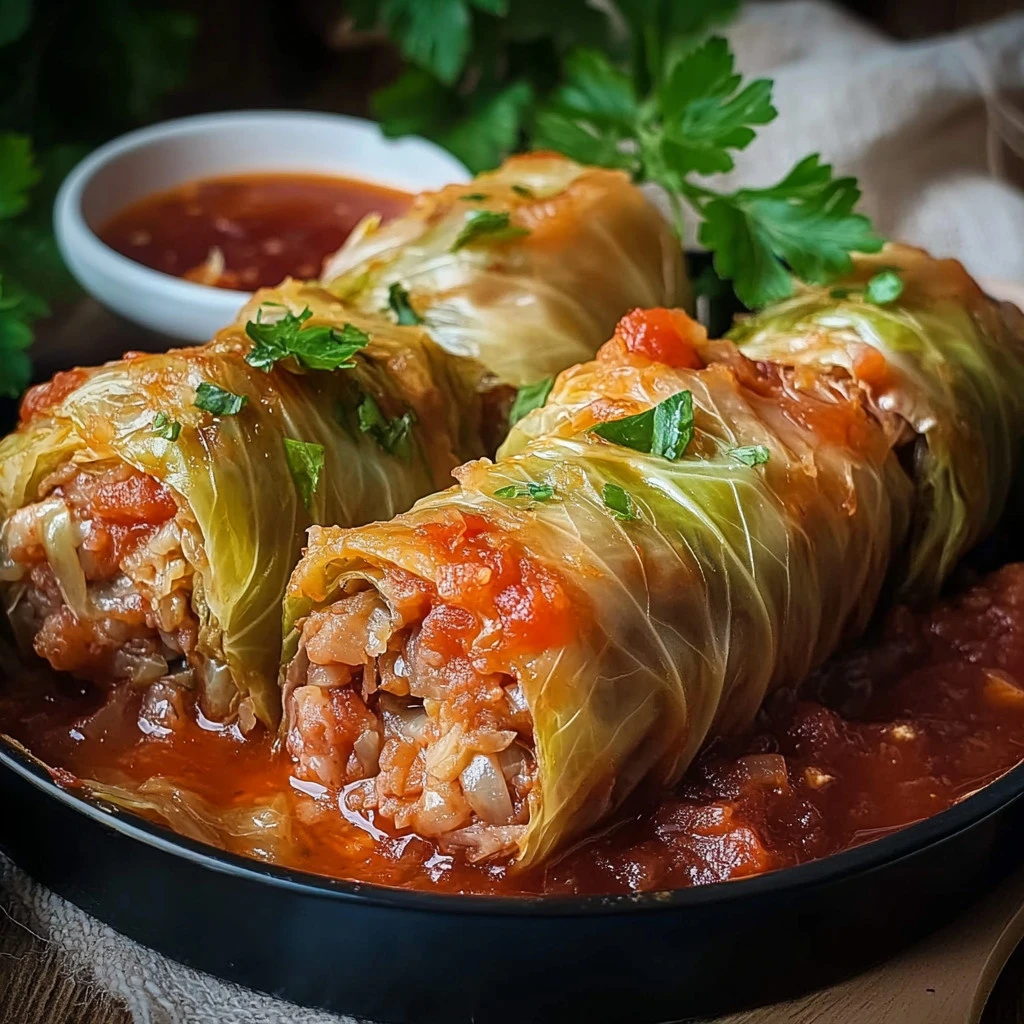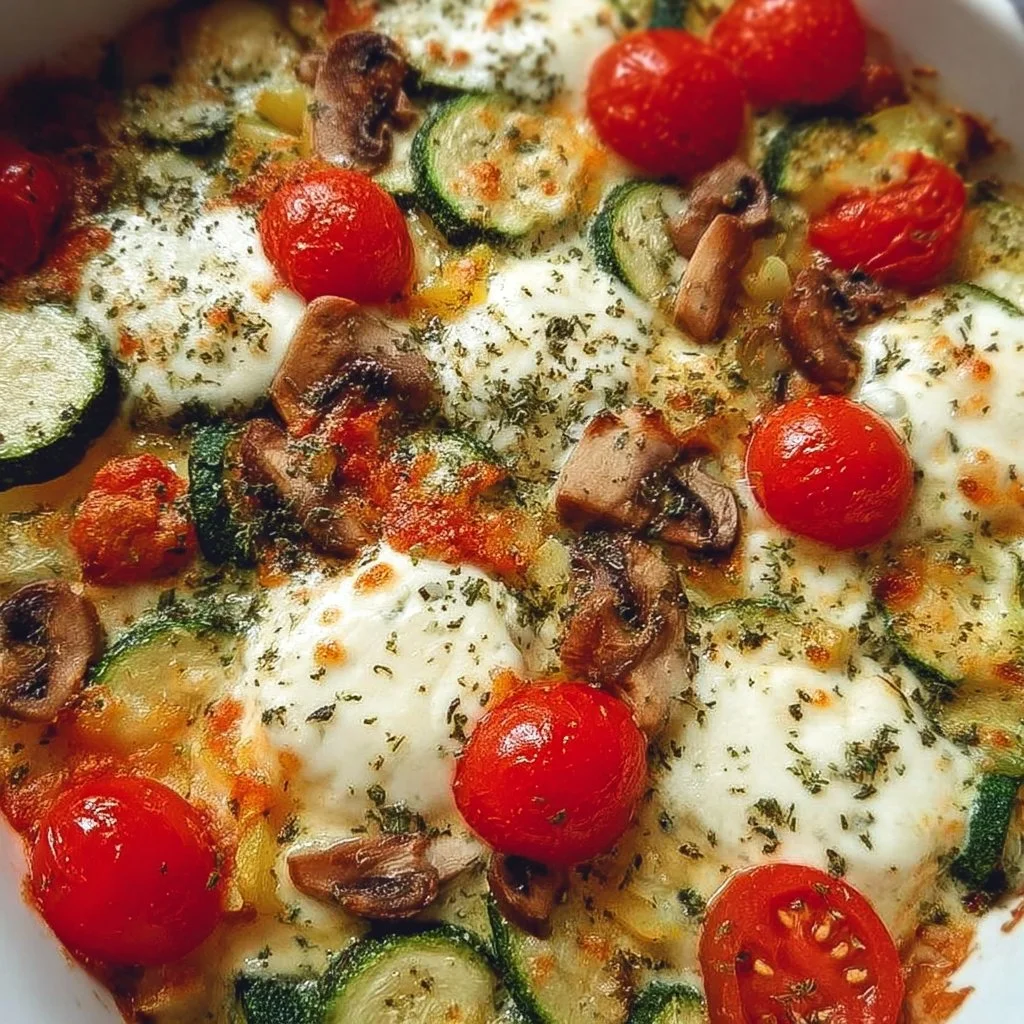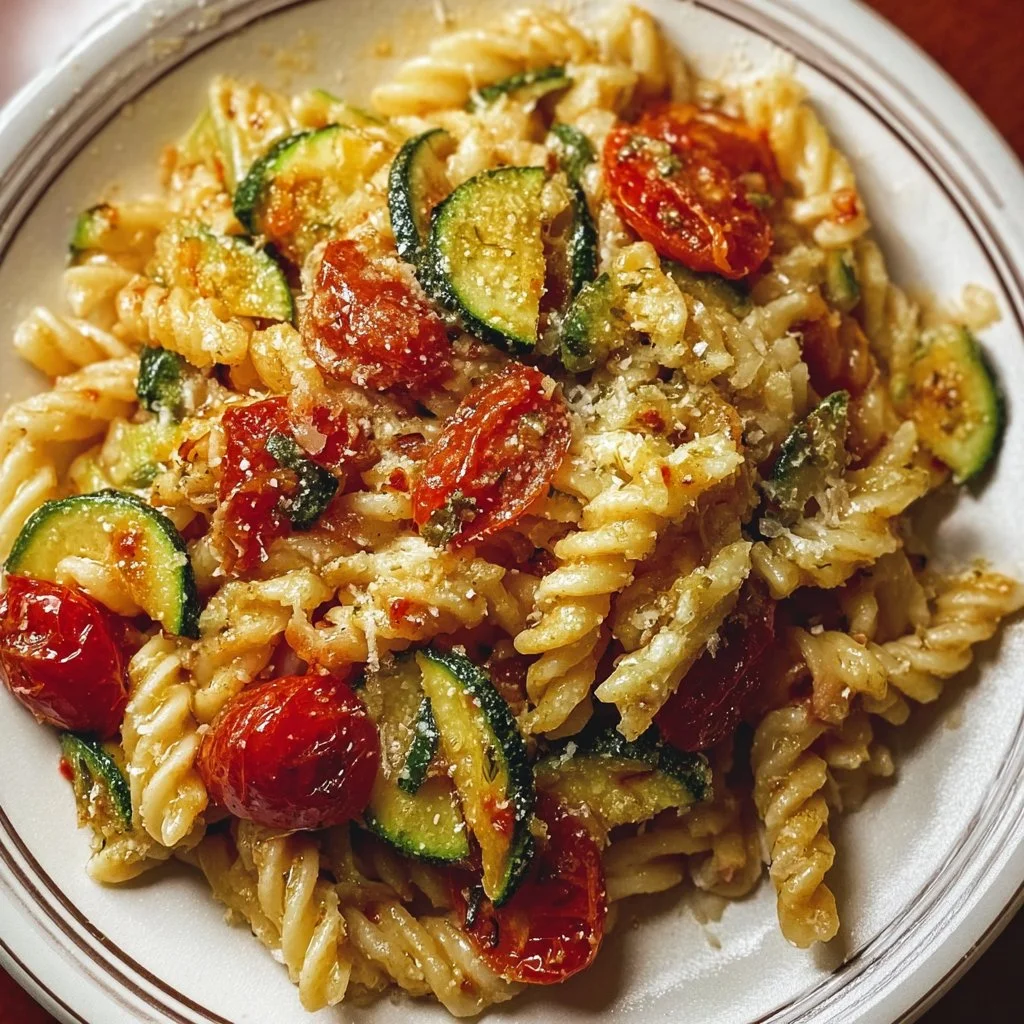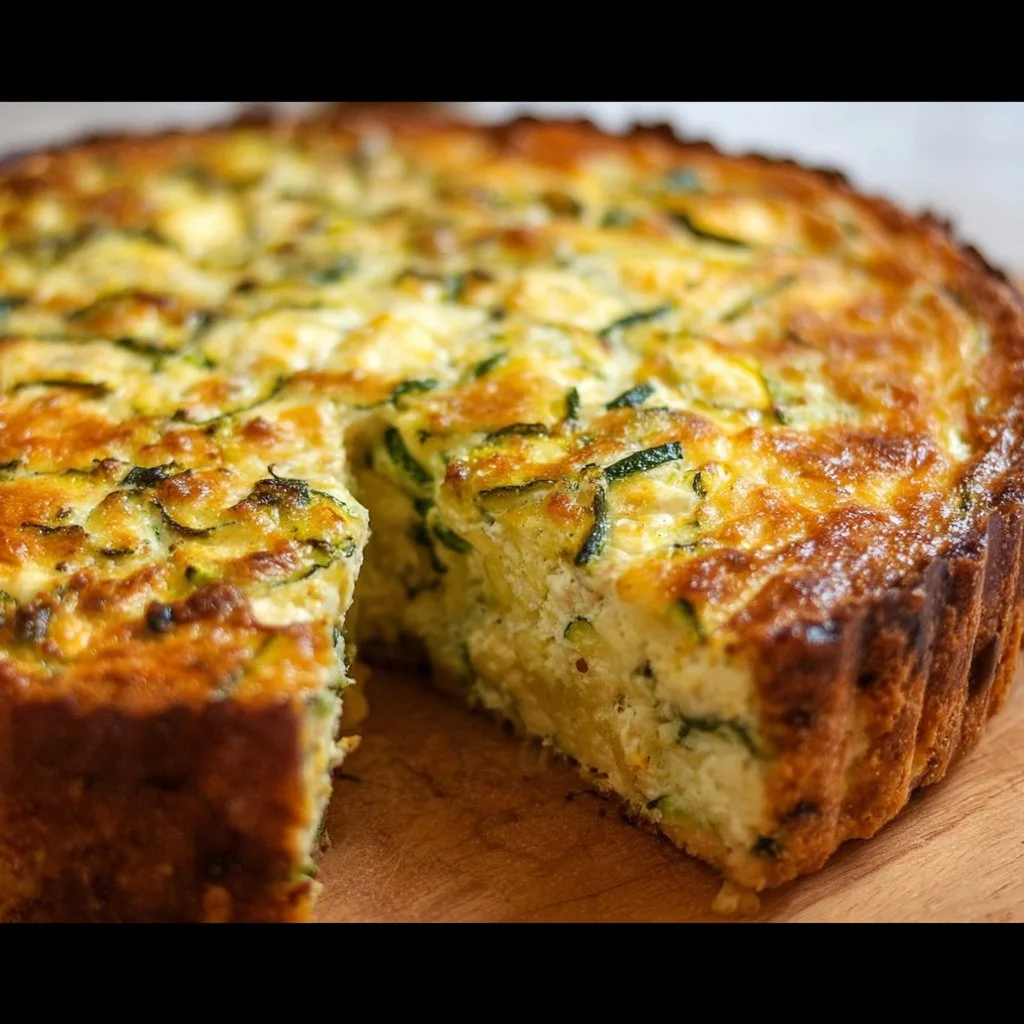Ratatouille: A Flavorful and Colorful Culinary Delight
Have you ever wondered how to transform simple vegetables into a culinary masterpiece? Imagine a dish where colorful veggies unite in a flavorful dance, delivering not just satisfaction but also health benefits. This Ratatouille description might inspire you to embrace seasonal produce in an entirely new way! Let’s dive into the world of Ratatouille and discover how this rustic French dish can be a delightful addition to your table.
Ingredients List
Creating a traditional Ratatouille requires an array of fresh vegetables that bring both flavor and nutrition to this dish. Here’s what you’ll need:
- 1 eggplant, cubed
- 1 zucchini, cubed
- 1 yellow squash, cubed
- 2 bell peppers, chopped (choose a mix of colors for visual appeal)
- 1 onion, chopped
- 3 garlic cloves, minced
- 4 tomatoes, diced
- 3 tbsp olive oil
- 1 tsp thyme
- 1/4 cup basil leaves, torn
Suggested Substitutions:
- For the eggplant, try portobello mushrooms if you’re seeking a different texture.
- Replace zucchini or yellow squash with carrots for added sweetness.
- Any fresh herbs like oregano or parsley can serve as excellent substitutes for basil.
Timing
The total time to prepare and cook Ratatouille is approximately 90 minutes, which is 20% less time than the average recipe for a dish with similar complexity. Here’s the breakdown:
- Preparation time: 20 minutes
- Cooking time: 70 minutes
This means, with a trusty timer, you can have a vibrant, flavorful Ratatouille on your table in less than an hour and a half!
Step-by-Step Instructions
Step 1: Prepare the Vegetables
Start by washing your vegetables thoroughly. Cube the eggplant, zucchini, and yellow squash. Chop the bell peppers and onion, and mince the garlic. Take a moment to appreciate the colors, which will make your dish pop!
Step 2: Sauté the Aromatics
In a large skillet, heat 3 tablespoons of olive oil over medium heat. Add the chopped onion and minced garlic, sautéing until the onion becomes translucent, around 5-7 minutes. This step is crucial to infuse flavors into the dish.
Step 3: Cook the Eggplant
Add the cubed eggplant to the skillet, stirring occasionally for about 10 minutes until it starts to soften. If your eggplant absorbs too much oil, don’t hesitate to add a splash of water.
Step 4: Add Remaining Vegetables
Stir in the zucchini, yellow squash, and bell peppers. Season with 1 teaspoon of thyme. Let this mixture cook for another 10 minutes, allowing the vegetables to meld together.
Step 5: Pour in Tomatoes
Add the diced tomatoes next, stirring the mixture well. Depending on your preference, you can adjust the seasoning with salt and pepper at this stage. Cook for 30-35 minutes on low heat, stirring occasionally until all vegetables are tender.
Step 6: Finish with Basil
Remove the skillet from heat and fold in the torn basil leaves. This final touch amplifies the dish’s aroma and freshness. Let it sit for a few minutes before serving for the flavors to mingle.
Step 7: Serve and Enjoy!
Serve your Ratatouille warm as a main dish, side dish, or over rice or pasta for a hearty meal.
Nutritional Information
Ratatouille is not only delicious but also packed with nutrients. Here’s a breakdown of the average nutritional values per serving (about 1 cup):
- Calories: 120
- Protein: 3g
- Fat: 6g
- Carbohydrates: 14g
- Fiber: 4g
- Vitamin C: 30% of the Daily Value (DV)
- Vitamin A: 20% of the DV
- Calcium: 5% of the DV
- Iron: 6% of the DV
The range of vegetables ensures you’re getting a variety of vitamins and minerals, making it a healthy choice for any meal.
Healthier Alternatives for the Recipe
Making small alterations can enhance the health benefits of your Ratatouille without sacrificing flavor:
- Reduce the oil: Instead of three tablespoons, use just one or two to cut down on calories.
- Add legumes: Incorporate chickpeas or black beans for additional protein and fiber.
- Go low-sodium: Use fresh herbs instead of salt to season your dish, catering to dietary restrictions.
Serving Suggestions
Ratatouille is incredibly versatile and can be served in several ways:
- As a main course: Pair it with quinoa or whole grain pasta for a fulfilling meal.
- As a side dish: Serve alongside grilled meats or fish to round out your dinner.
- In a sandwich: Layer the Ratatouille on crusty bread with cheese for a delicious vegetarian sandwich.
- With eggs: Top your Ratatouille with a poached egg for breakfast perfection.
Feel free to get creative! Experimenting with different pairings can elevate your dining experience.
Common Mistakes to Avoid
When preparing Ratatouille, it’s essential to avoid a few common pitfalls:
-
Overcooking vegetables: Ensure you’re watching closely — overcooked vegetables can become mushy and lose their vibrant colors.
-
Skipping the seasoning: Don’t rely solely on salt. Fresh herbs and spices enhance the flavor profile beautifully.
-
Not giving vegetables space: Use a large enough pan to avoid overcrowding. This allows for proper sautéing and caramelization.
Storing Tips for the Recipe
To maintain the freshness of your Ratatouille, embrace these storage practices:
- Refrigerate: Store leftovers in an airtight container in the fridge for up to 4-5 days.
- Freezing: For longer storage, consider freezing Ratatouille. It can last up to 3 months. Ensure it’s appropriately cooled before placing it in freezer bags, removing as much air as possible.
Conclusion
In summary, Ratatouille is a delicious, colorful recipe that reignites the joy of cooking with fresh vegetables. The combination of flavors and textures not only pleases the palate but also provides essential nutrients.
Are you ready to try your hand at this flavorful dish? Join the culinary adventure, and don’t hesitate to share your experiences in the comments! Explore our other posts for similar recipes or cooking tips to expand your culinary repertoire.
FAQs
What is Ratatouille traditionally served with?
Ratatouille can be served as a main dish, side, or topping for pasta, sandwiches, and even eggs.
Can I make Ratatouille ahead of time?
Yes! In fact, Ratatouille often tastes better the next day as the flavors meld together. Just store it properly in the refrigerator.
Is Ratatouille vegetarian?
Absolutely! Ratatouille is a naturally vegetarian dish made with an array of vegetables.
Can I use frozen vegetables for Ratatouille?
While fresh vegetables are preferred for the best flavor and texture, you can use frozen in a pinch. Just make sure to thaw and drain them well before cooking.
How can I make Ratatouille spicier?
Add a dash of crushed red pepper flakes or fresh chili peppers during the cooking process to give your dish an extra kick!
With this guide, you’re well on your way to mastering Ratatouille. Enjoy the journey and the delicious results!




